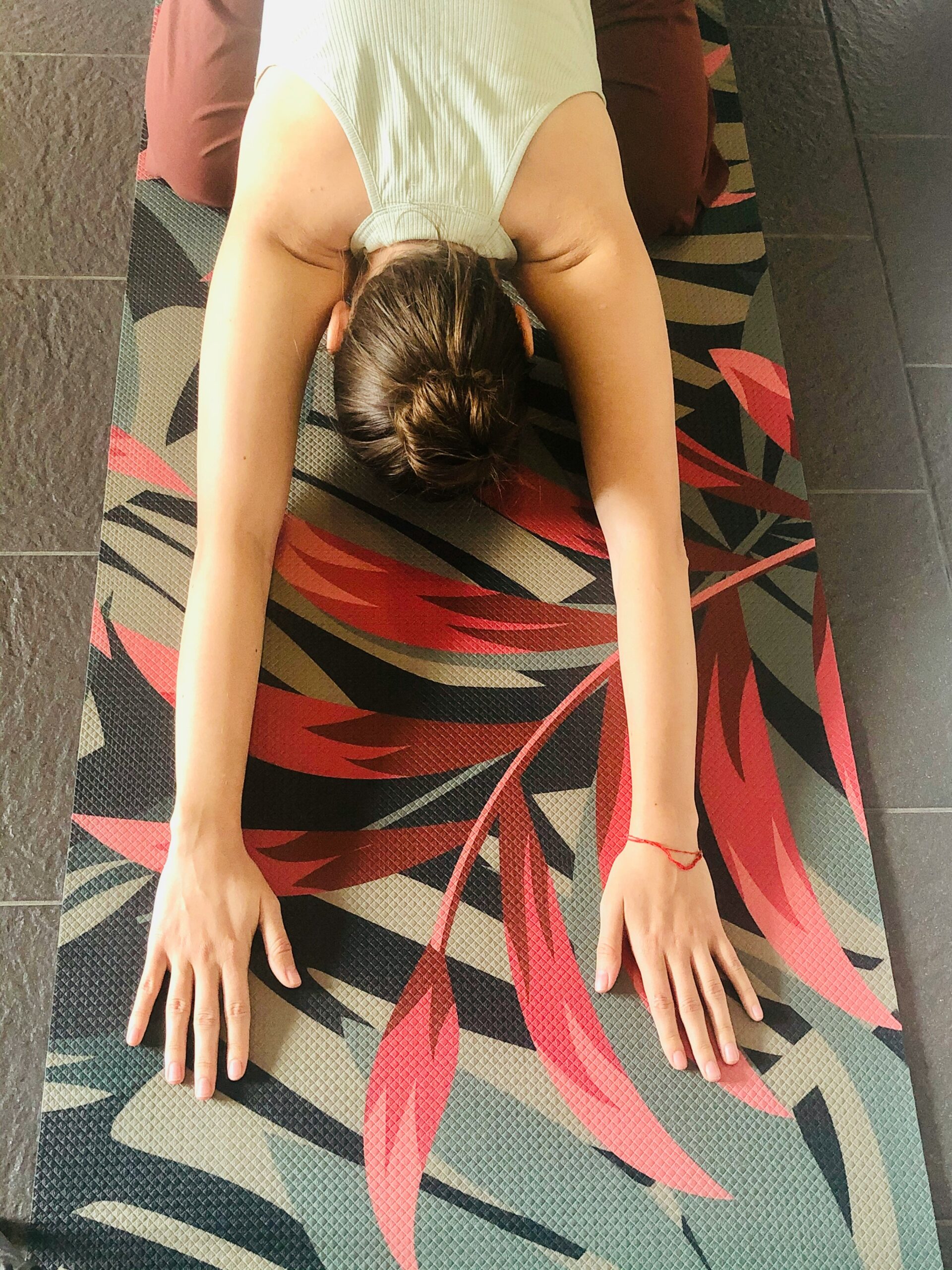Relaxation of the pelvic floor prevents tightness, reduces pain, improves function, and supports overall pelvic health.
What are the signs that your pelvic floor is tight?
While a detailed evaluation is alwasys necessary, these might be signs that you have a tight pelvic floor.
Pelvic pain
Urinary dribbling
Incomplete emptying of bowel or bladder
Increased urinary frequency
Urge incontinence
Pain with intercourse/ vaginismus
Pudendal neuralgia
Vulvodynia
Constipation
How can I relax my pelvic floor?
Breathing Techniques
Focus on diaphragmatic breathing (belly breathing). As you inhale, the diaphragm lowers and the belly expands, which helps the pelvic floor to lengthen and relax.
On the exhale, allow the pelvic floor to soften rather than actively squeezing it.
Pelvic Floor “Let Go” Exercises
Practice consciously letting go of the pelvic floor muscles rather than squeezing them.
Imagine the pelvic floor as a hammock or a flower that gently opens as you relax.
Body Awareness and Posture
Notice and correct any over-tightened posture or excessive tension in the hips, lower back, or abdomen that may contribute to pelvic floor tension.
Pelvic floor stretches
Duration: Hold for 30 seconds to 1 minute, repeat 2-3 times.
Duration: Hold for 1-2 minutes.
Happy Baby Pose
How:
Lie on your back, bend your knees, and hold the outside edges of your feet with your hands.
Gently pull your knees toward your armpits.
Breathe deeply and feel the pelvic floor muscles lengthen and relax in this open hip position.
Child’s Pose
How:
Kneel on the floor, sit back onto your heels, and stretch your arms forward on the ground.
Let your pelvis gently tilt under you, and breathe deeply, imagining your pelvic floor softening.
Click here to know more about our pelvic floor therapy services at EmpowerHeal Physical Therapy in Bethesda.
At EmpowerHeal Physical Therapy, we specialize in individualized , holistic treatment for people with pelvic floor dysfunction.Help an relief is possible near you!

